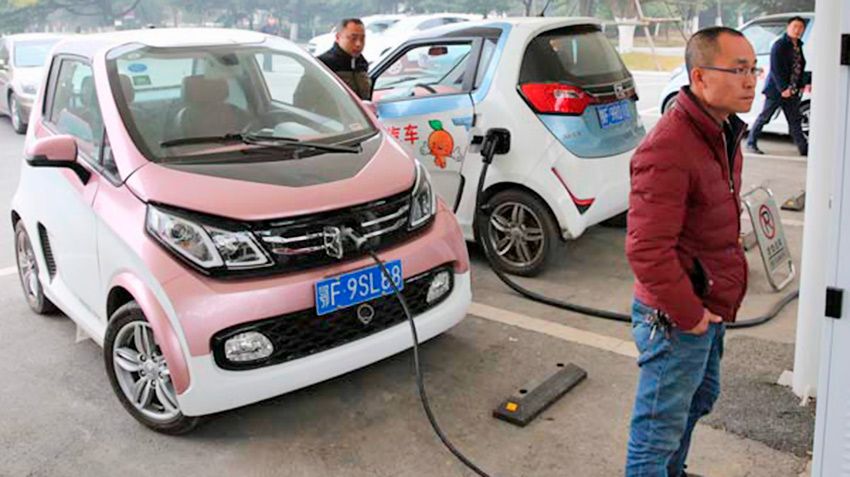The market for electric cars and hybrids in China close to collapse

18 June 2019
The resolute refusal of Beijing's subsidies for the purchase of EV can lead to the collapse of the market
History has repeatedly shown that the market bubble created by government incentives, sooner or later bursts.
This is exactly what is happening with the market-electric vehicles (NEV) in China. After the incredible rise over five years, stimulated by government subsidies, the market expects a hard landing.
If in the first quarter of this year, cumulative sales of electric vehicles (BEV) and rechargeable hybrids (PHEV) were still growing by leaps and bounds, jumped 110 percent to almost 300 thousand, But then the market suddenly lost incentives. So, in April, sales of BEV and PHEV rose only 18% to 97 thousand In may, the monthly demand for NEV grew by only 1.8 percent compared to last year and amounted to around 104 thousand
In 2014, Beijing began to subsidize the purchase by individuals of electric and hybrid cars to limit car emissions and reducing the dependence of China on oil imports and help domestic automakers in their competition on the world market.
State subsidies quickly warmed up the market demand. After skyrocketing more than 300 percent in 2014 and 2015, annual sales of electric and hybrid cars over the next three years remained on average above 50%.
So why the market for green cars has stalled?
Answer: on March 26, the Beijing government reduced the subsidies for NEV to 50%, and forbade the provincial governments to subsidize local incentives for the purchase of electric vehicles and hybrids. To say that this government action has produced the most immediate, chilling effect on the domestic market NEV, to say nothing. Today, more than 80 percent of the NEV sold in China belong to the category of BEV+ who can claim the highest government subsidies, compared to PHEV.
Adjustments to incentives consumers can use the state subsidy to cover about half the cost of the machine if they wanted to buy an electric car one of the mass brands.
Now, after government subsidies are reduced by more than 70 percent, according to the Chinese automobile dealers Association (CAAM).
Recover whether the Chinese NEV market in the near future?
The chances are small, given the slowdown in the domestic economy and the determination of Beijing to curtail the NEV subsidy program by the end of 2020 to ease the budget costs. Despite the fact that NEV sales have fallen sharply, the volume of their production is still growing rapidly. In may, the BEV and PHEV production increased by 17 percent and amounted to 112 thousand about Slowing demand, while the growth of production creates another problem for the market of green vehicles – surplus dealers.
The problem will become worse in the future when Beijing will start the program "carbon credits" designed to push automakers to increase production of electric vehicles.
The current sharp slowdown in market growth electrified vehicles revealed the fact that support consumer demand for such machines is still impossible without generous government subsidies.
Conclusion: if government officials will not revise their decisions and take quick steps to correct the current policy – market electric cars and hybrids in China are almost guaranteed a hard landing..
|
|
|
Element was not found.








